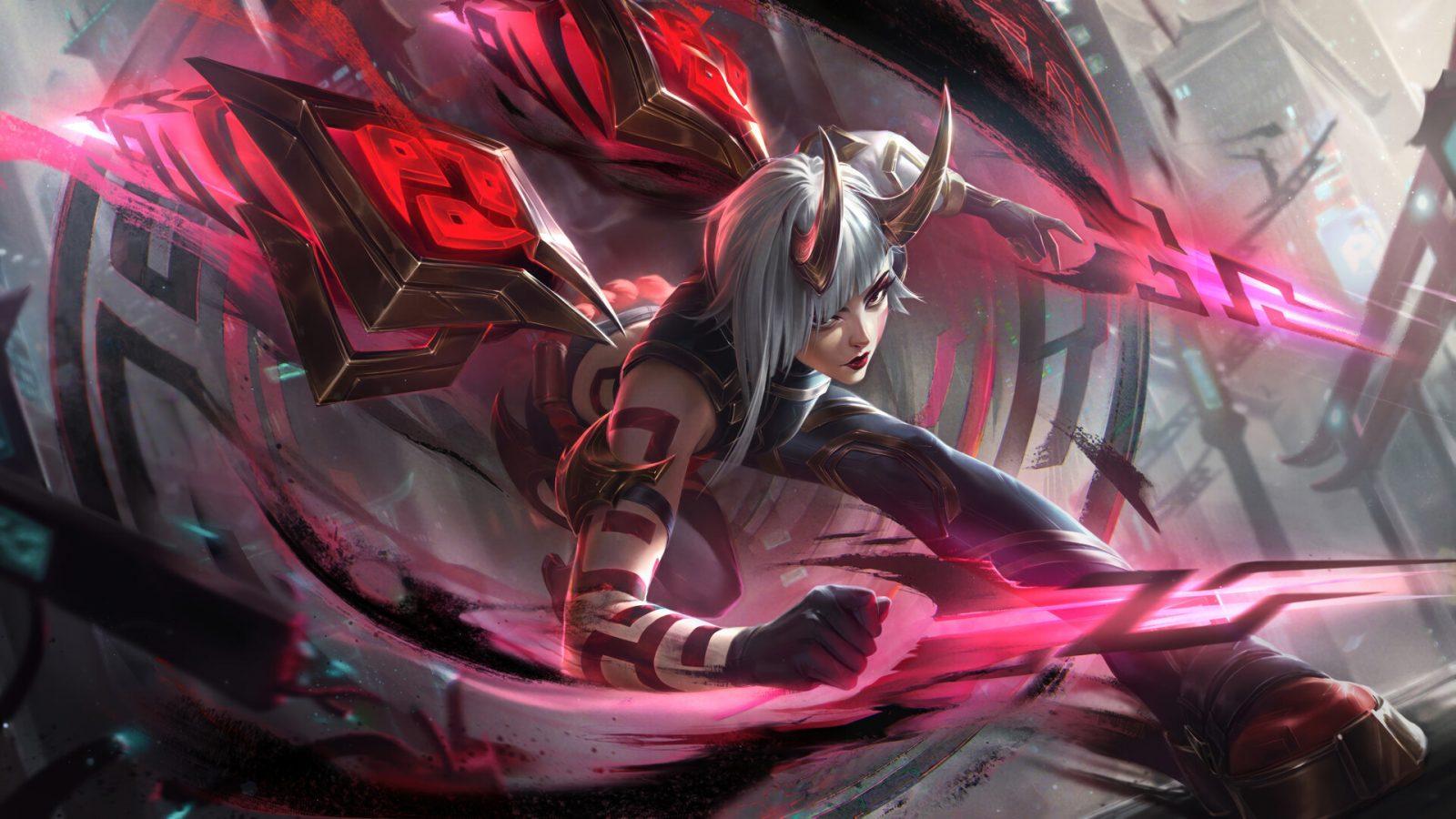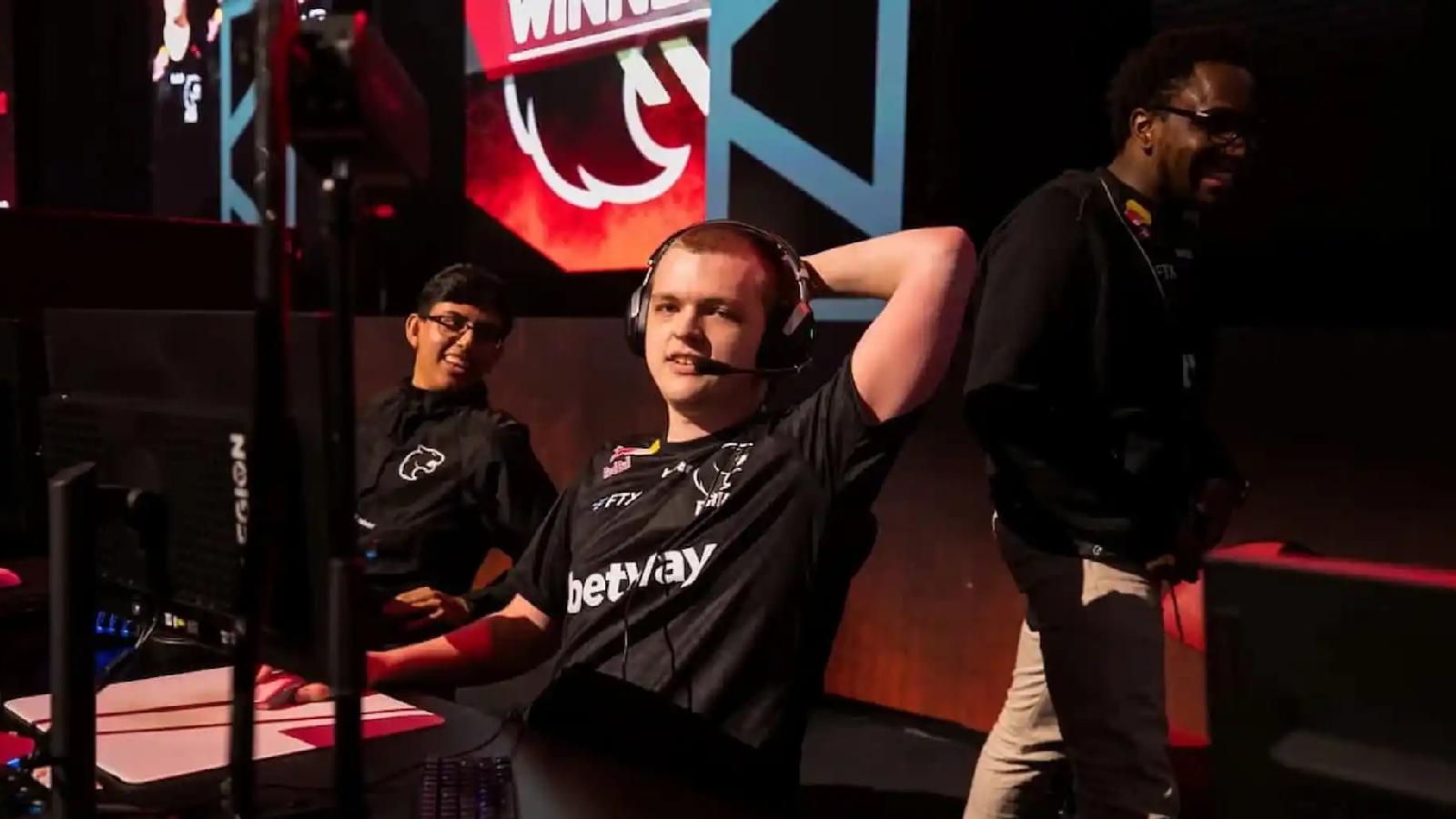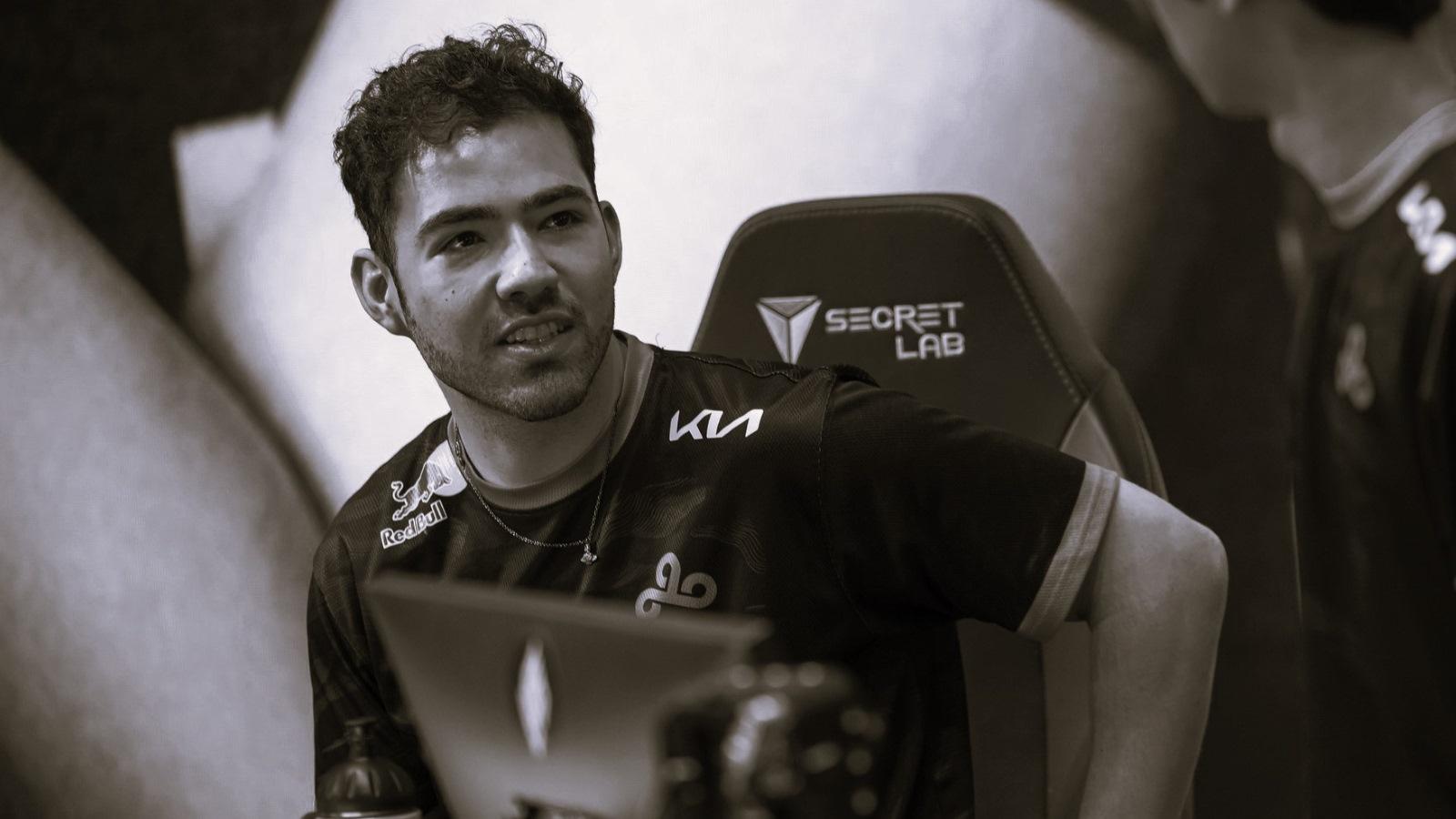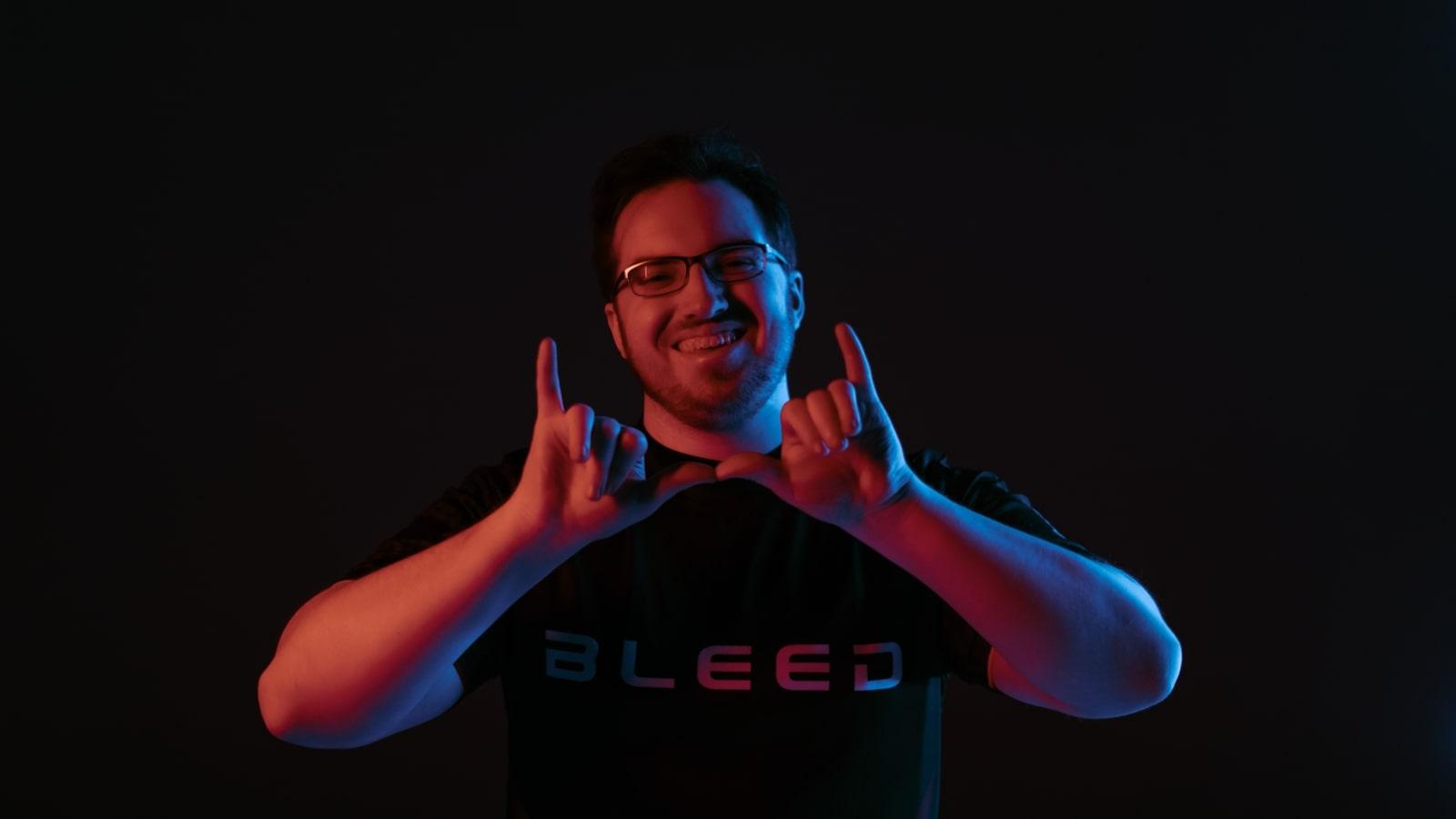Kelsey Moser: Which team can break the First Seed Curse at Worlds 2019?
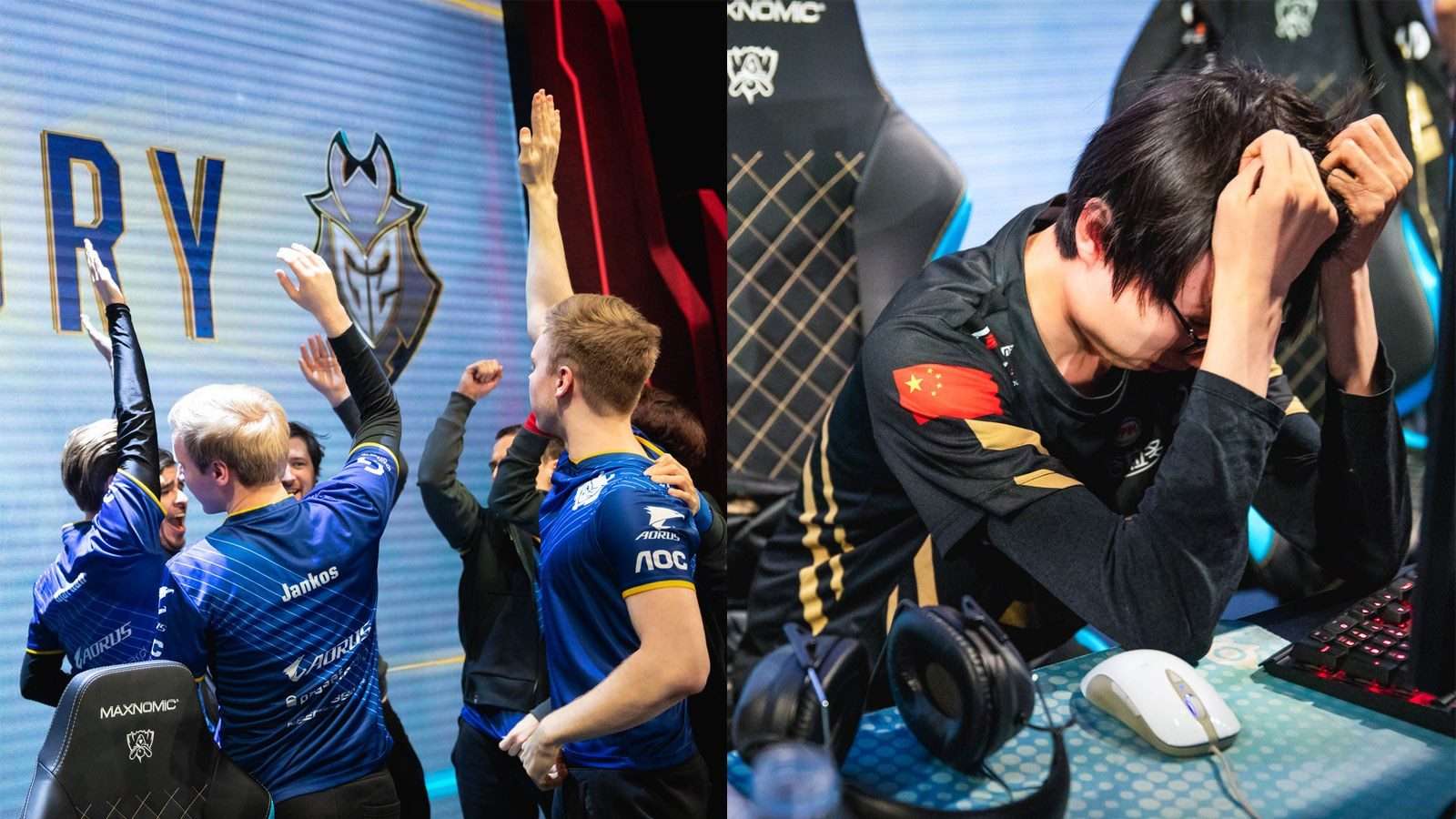 Riot Games
Riot GamesAt the 2018 World Championship, three Play-In level teams advanced to the Quarterfinal of the main event. Major region third seeds Cloud9, EDward Gaming, and G2 Esports all grinded from Play-In to Bracket, while first seed Team Liquid did not make the cut.
On top of that, potential Grand Slam winners Royal Never Give Up, who had nearly dominated every event they attended that year, didn’t win the World Championship. They lost out in the quarterfinal to G2 Esports while second seed Invictus Gaming managed to surge through quarterfinals and semifinals to take the Summoner’s Cup.
Historically speaking, only two first seed regional representatives have ever won the World Championship. One did so in the context of a less rigorous format. The other only after a nearly unprecedentedly dominant domestic season and heavy context surrounding 2015’s League of Legends landscape.
[ad name=”article2″]
The reality of the matter is that first seeds historically have come into the World Championships with disadvantages to both third and second seed teams from their own regions. Each seed (first, second, and third) come with their own alleged advantages in World Championship qualification, but what third and second seeds gain outpaces what first seeds gain.
Much of the difficulty in assessing the advantages of the first, second, and third seed comes from the changes in tournament structure, so this discussion focuses primarily on World Championships after 2013. In earlier seasons, certain regions were excluded, the third seed qualification structure was different, and quarterfinals were best-of-threes. In 2013, despite winning Champions Korea Summer, something that would qualify SKT T1 2 as a first seed the 2019 qualification system, SKT T1 2 only came in as third seed. SKT T1 2 is, then, beyond the scope.
[ad name=”article3″]
Beginning in 2014, the sister teams Samsung Galaxy Blue and Samsung Galaxy White qualified as first and second seeds respectively. Despite Blue defeating White in both Champions Spring and Summer, experts pegged Samsung White as favorites. What resulted was one of the most one-sided best-of-five semifinal series in World Championship history.
Much of the background leading up to Samsung White’s success pivoted on the close relationship between them and Blue. The teams scrimmed frequently, and Blue had a reputation for adapting to patches more quickly. When the dragon gold value was increased just before Worlds qualification in 2014, Blue had a better game plan revolving around Teleport and bot wave setups to let them use dragon fights against White.
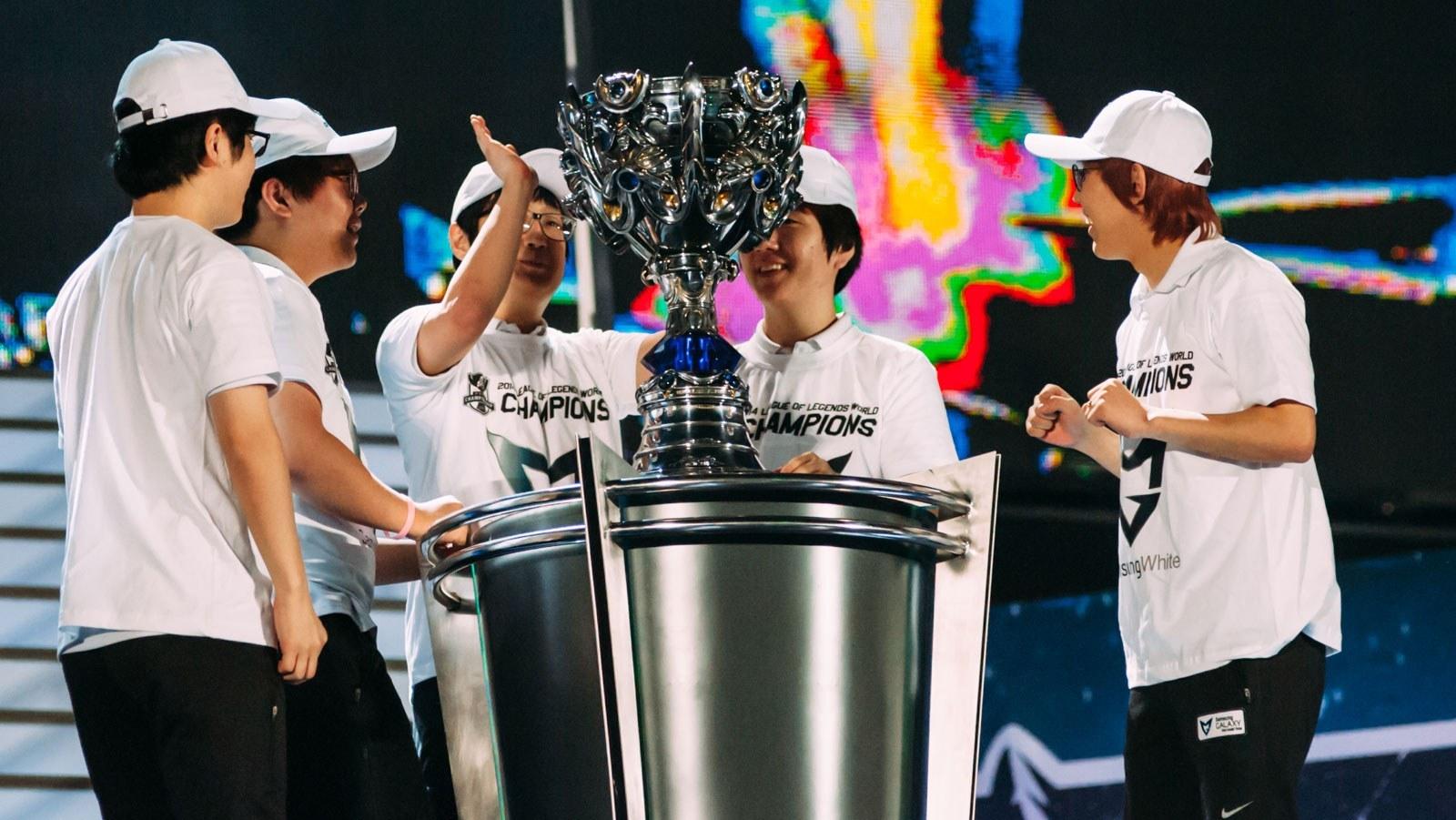 SSW celebrate their 2014 Worlds win
SSW celebrate their 2014 Worlds winBy the time Worlds rolled around, however, White had enough time to adapt to this change. They pivoted heavily around top lane teleport advantage allowing their bottom lane to play aggressively and blew Samsung Blue out of the water. As such, the fact that White understood vision control and had generally better players than Blue shone through more decisively in the World Championship Semifinal that year.
In 2016, a different yet somewhat similar narrative followed ROX and SKT. Unlike the Samsung story, however, ROX didn’t play against SKT in the bracket to qualify as Korea’s first seed at the World Championship. Instead, SKT lost 2-3 to KT Rolster prior to the grand final.
[ad name=”article5″]
KT’s strategy against SKT revolved around using bottom pressure from the Jhin vs Sivir matchup and using roaming control from mid laner Song “Fly” Yongjun to reverse sweep the long-time juggernauts. ROX didn’t play like that. They used the passive strength of their bottom lane to open opportunities to snowball top and set up a 1-3-1.
That is not the way to challenge SKT, and it is the source of many of the Tigers’ losses to SKT through two long years of battle. Historically, SKT T1 have been the best team at playing around the top side of the map, and ROX used a lot of their map control to allow Smeb to succeed.
But because of the debut of Miss Fortune support in that series, many focused on that pick and not the Ashe pick that was more pivotal. Ashe as a pick decided four of five games in the series. The match ROX lost with the pick got countered by Zilean and Karma shutting down ROX’s side lane picks while Gnar could bully Rumble out of the lanes.
In 2017, a first seed team with PraY on the roster failed again. Longzhu Gaming dropped 0-3 in the quarterfinal to a Samsung Galaxy team that gained experience playing around the bottom side of the map from Royal Never Give Up: a Chinese team they lost to in the Group Stage. The bot-heavy pressure was something a roster not known for catering to Khan’s side laning prowess had experience dealing with.
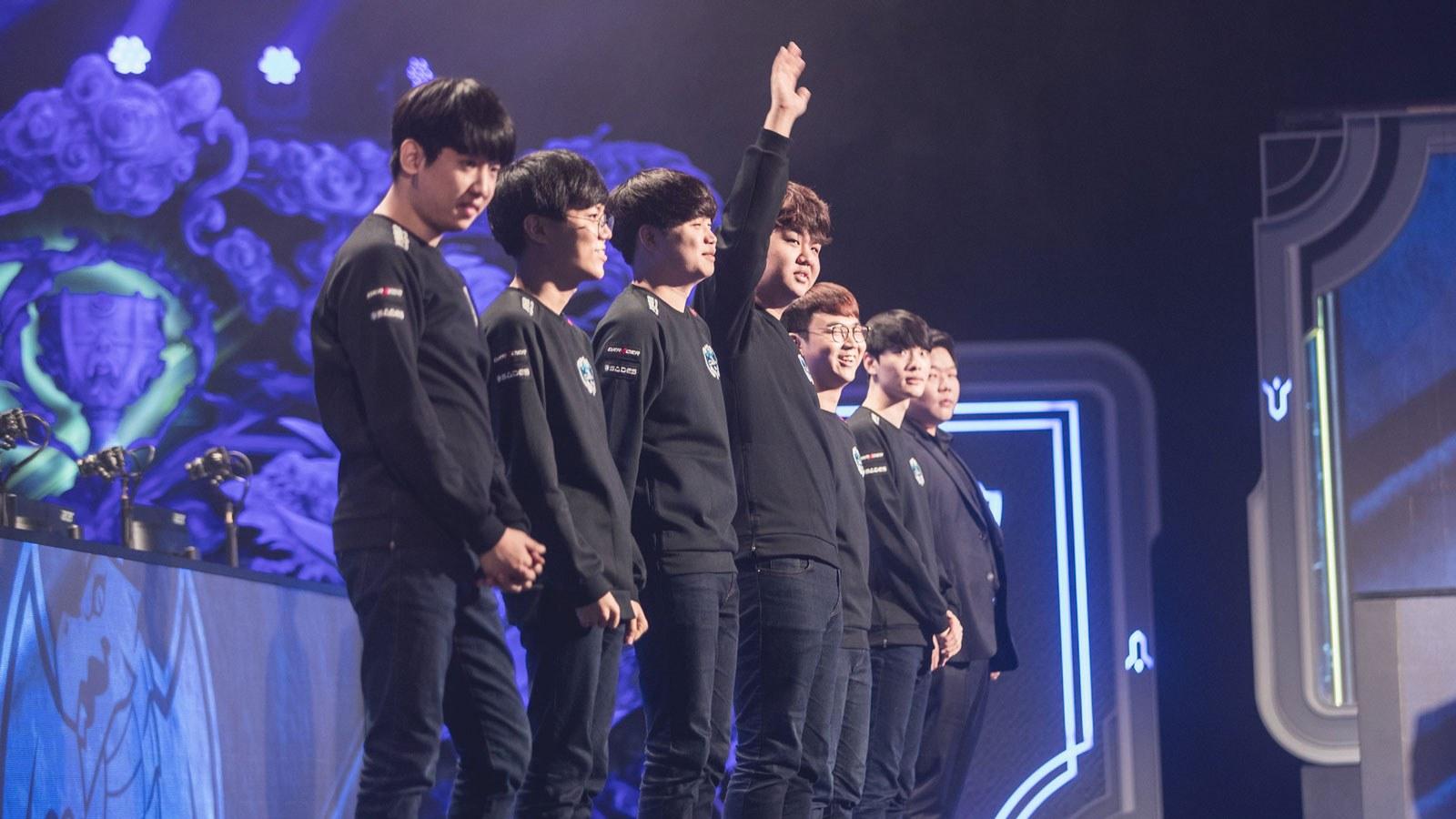 #1 seed Longzhu fell to Samsung Galaxy 0-3 in the quarters of 2017 Worlds
#1 seed Longzhu fell to Samsung Galaxy 0-3 in the quarters of 2017 WorldsRoyal Never Give Up appeared in 2018 as giants who had won everything from Demacia Cup, LPL Spring, majority representation on the championship Asian Games roster, MSI, Rift Rivals, and LPL Summer. But when they showed up to play against G2 Esports, their penchant for funneling gold onto Uzi combined with their insulation competing against borderline sister team Flash Wolve in scrims, caused them to lose to a solo lane centric G2 in a BO5. That paved the way for a similarly solo lane centric Invictus Gaming to win the whole thing.
All of this points to the value of experiencing losses and watching some of the strongest teams in adapting for a victory. That puts Championship teams at apparent immediate disadvantages in the Worlds qualification format. Dominant domestic teams play less games in that they are less likely to experience third place matches, more best-of-fives in the LCK playoffs format, domestic Gauntlets, or the World Championship Play-Ins.
The second seed team usually comes in second place. That means that their primary advantage is in making it to the bootcamp earlier than the third seed, but also in understanding reasons for their own losses.
Teams that win definitively domestically can face a multitude of problems in improving. They can win scrims so convincingly that it becomes hard to judge which picks are strong. They can have a very ingrained system that allows them to win domestically that they don’t have to inspect until international competition rolls around.
Second seed teams have the advantage of all the prep time of first seed teams with the added benefit of already understanding some of their flaws. They’ve competed tirelessly against the first seed domestic team all year, butting heads against not only them, but their own ingrained flaws as a team. That gives them better scrim partners and better road maps for improvement. As such, it isn’t surprising to see second seeds get the majority of Worlds titles since the format change in 2014.
Third seeds, since 2017, have a very different qualification system to first or second seed teams. Previously, third seeds gained additional best-of-five experience from having to qualify through a Gauntlet that made them play one additional best-of-five domestically at minimum. Since 2017, third seed teams have also had to participate against emerging region teams in the Play-In.
Despite most major region teams considering Play-In participation something of a high risk nuisance because they have to prepare for teams they likely haven’t watched all year, Play-In participation has continuously proved beneficial in leveling up a region’s third seed. Play-In teams get to try more picks on stage, removing scrim bias from meta understanding and giving their players more time to get over the stress of a higher level of competition.
Despite most major region teams considering Play-In participation something of a high risk nuisance because they have to prepare for teams they likely haven’t watched all year, Play-In participation has continuously proved beneficial in leveling up a region’s third seed. Play-In teams get to try more picks on stage, removing scrim bias from meta understanding and giving their players more time to get over the stress of a higher level of competition.
Since a lot of third seed teams will usually field younger players who haven’t quite reached the levels of veterans on the first and second seed teams, the grueling Play-In process can prove invaluable in bridging the gap. 2018’s advancement of three Play-In teams from main stage Groups is a logical result that analysts should consider predicting for 2019 as well.
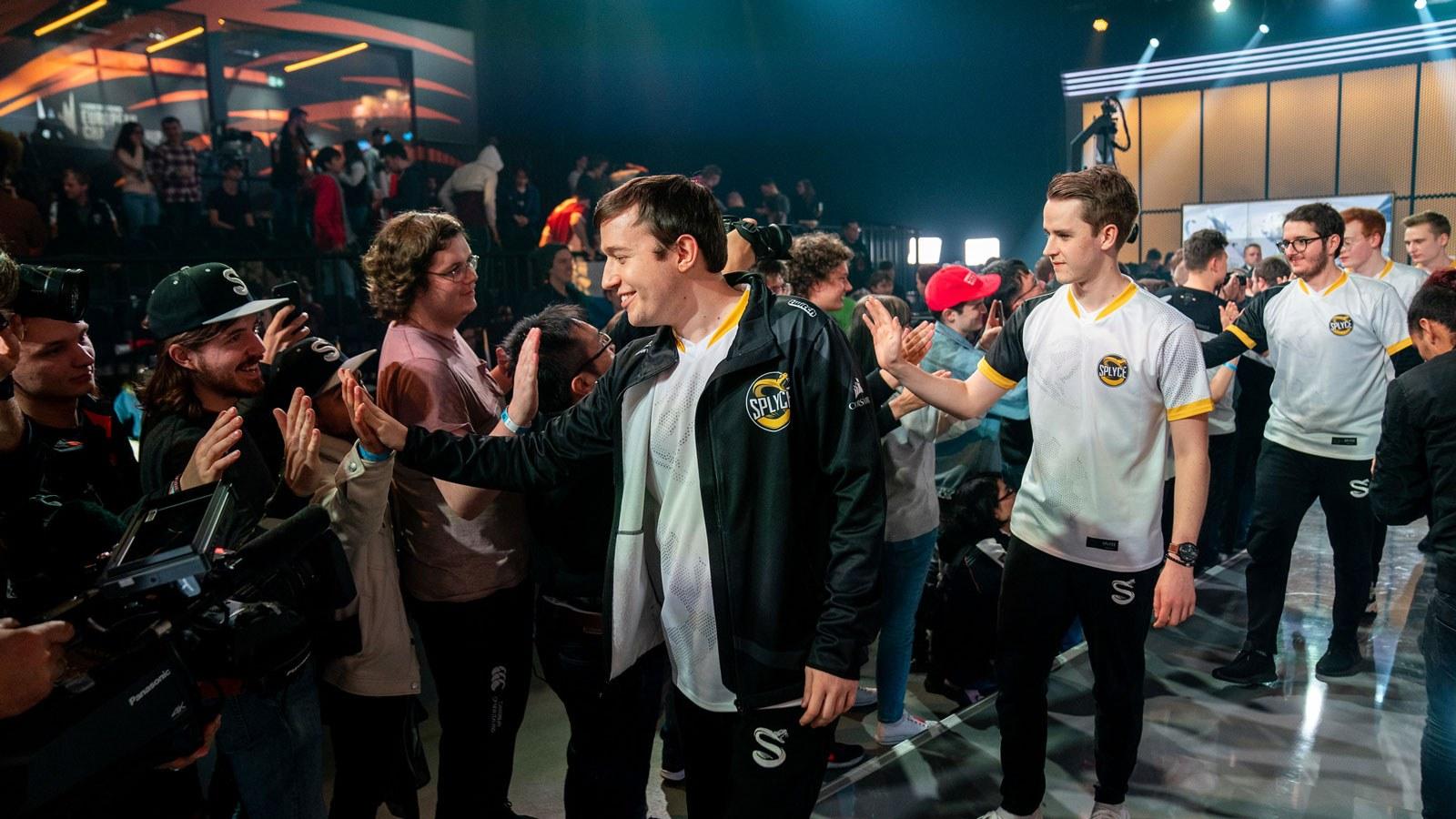 Splyce celebrate their Worlds 2019 Play-In advancement
Splyce celebrate their Worlds 2019 Play-In advancementWhat does first seed get? More prep time against their opponents after the Group Draw compared to third seed teams, but compared to second seed teams, they’ll have been more burnt out after giving it their all the entire season to remain first. In addition, they’ll have less of an understanding of their flaws having not been adequately pressed domestically.
First seed teams in the past like G2 Esports in 2016 and 2017 have floundered because they didn’t adapt to the meta quickly or had a poor read going into the tournament. Arguably, staying on top domestically didn’t give them a leg up in analyzing trends or understanding key concepts that would be tested at Worlds.
In addition, in the past, being first seed from LPL, EU LCS, or NA LCS meant you didn’t get placed in a group with the first seed from LCK. First seed LCK teams were the only ones that historically managed to escape groups without dropping a game. That created less punishment for the strongest team in a group because a first seed LCK team was less likely to drop games to other teams and made a second seed out of Group Stage easier to secure.
Since then, gaining a first seed into Group Stage has an even more ambiguous advantage. Because of the format of the LoL season, there isn’t a very adequate metric for ranking the relative strengths of teams. After 2018’s Worlds and 2019’s MSI, there isn’t much of a regional tier list.
As the 2016 LCK Playoffs proved when KT had a better matchup against SKT than ROX, the lack of a double elimination can be extremely detrimental to determining the true domestic rankings of teams that don’t have to face each other. Stylistic matchups end up mattering, and seeding feels more like a roulette than ever. Instituting double eliminations in Worlds Qualification would test first seeds even more than they’re being tested now rather than waiting until the World Championship to force them under fire.
Of course, if you’ve been paying attention in this argument, you’ve noticed I skipped 2015. Since the Worlds format changed, SK Telecom T1’s victory in 2015 stands out as the only first seed victory at Worlds.
This one requires a great deal of context. 2015 marked the first competitive year after the great Koean exodus. Of all teams, SKT retained the most interesting talent name (Faker), while a lot of high profile players went to LPL. On top of that, LPL’s transparent lack of prep leading up to the event threw off a lot of teams at Worlds.
For example, two LMS teams made it out of Groups, something that has never happened at a World Championship since. Both most of the LCK and all of LPL effectively handicapped themselves going into that event.
A lot of that is reflected in SKT’s sweeping victories leading up to Worlds. In 18 series that summer regular season, they only lost one, and they 3-0’d their Grand Final. That level of dominance in a summer split by a team from a decidedly dominant region — after the LPL’s self handy-cap — is almost unheard of.
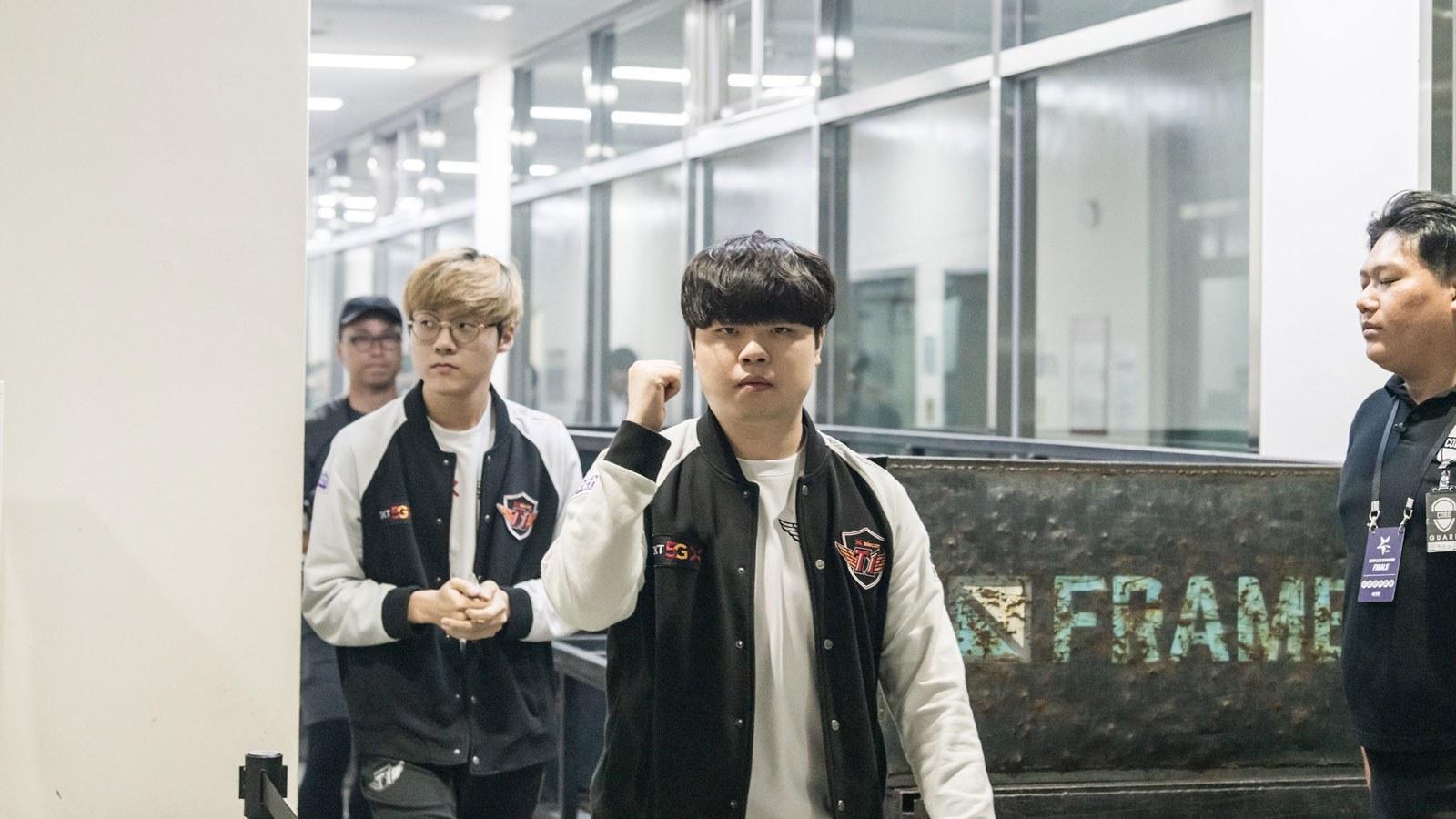 SK Telecom T1 arrive to the 2019 LCK Summer Finals
SK Telecom T1 arrive to the 2019 LCK Summer FinalsI see a lot of power ranking lists leading up to this Worlds pitting G2 Esports, Fun Plus Phoenix, and SK Telecom T1 as favorites to take this tournament. None of them, except FPX, enjoyed anything approaching the level of domestic dominance that SKT did in 2015. And FPX doesn’t have the same international circumstantial backdrop as that SKT team.
So I have to wonder, with all the evidence of the first seed disadvantage, perhaps it isn’t best to raise our estimates of the likes of Fnatic, who took G2 to two five game series leading up to Worlds, or DAMWON, a roster with a high level of talent and the ability to experience the grueling nature of the Play-In for the very first time for any LCK team?
And if a first seed team doesn’t take it this year, it is definitely time to re-examine the seeding and qualification format that has put domestic winners at a disadvantage to domestic losers season after season.
